Brett Wilson asked a while ago if conscience should go into toy photography. I think it should, and it should also go into art (and obviously into toy photography that aspires to be art).
Why don’t I like political art?
However, there is one kind of art that usually does not do the job for me. It’s what they call political art. Most political art is very efficient in getting its message across. A Parthenon made of forbidden books: Once you know all these books were sometimes forbidden somewhere, it seems to be hard to misunderstand this work. The artist may mean well, but I am not satisfied.
I do not care for the good intentions of the artist. I care for the kind of art that stays with you because you can never really figure it out although you would really like to.
“Great art poses questions, and the more questions it poses, the better it is.” Robert Longo
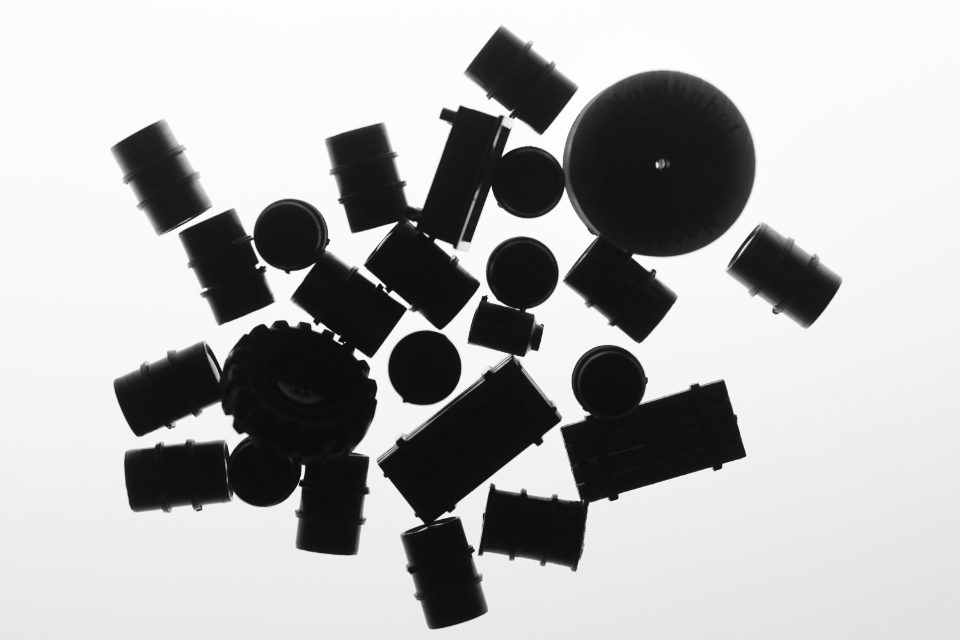
“Trash Island” (Study)
What’s art?
For lack of a better explanation, let me start from this one: A work of art is a self-referential configuration (of elements) that challenges the recipient to become active. The recipient’s activity in the face of the work of art can be called interpretation. It encompasses dancing, playing, singing (in music); making sense of forms and colours (in the fine arts); filling narrative gaps, reciting, making sense of rhyme and rhythm (in literature) – among other things. These activities are relevant to the sphere of human action, partly in that they change the way we see and understand our world.*
As far as I understand, seeing art like this implies two more things:
1. There is no meaningless element in a work of art. Everything you hear, read or see is an ‘element’ that contributes to the constitution of the work. Every word counts. The choice of instruments makes a difference. There is no saying, “oh, that’s just the picture’s background and can be ignored.”
2. Because everything means something, works of art are complex. Due to this complexity, the interpretive activities never come to an end: orchestras can play a symphony again and again, re-reading a book opens new perspectives, revisiting an art exhibition is quite rewarding.
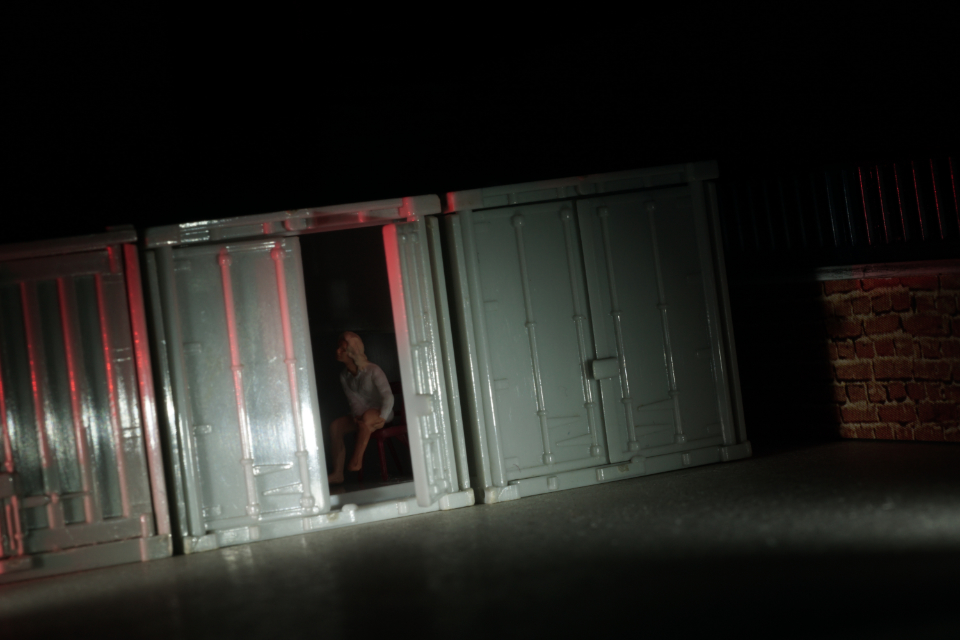
“Untitled”
Art’s social relevance
Based on this, I would like to suggest that conscience does have a place in art because art is tightly interwoven with our everyday lives. If art helps mould the ways we exist in this world, then there is always a political, social, moral aspect to it. Each work chooses to be avantgarde or conservative, a challenge to or a confirmation of our worldviews.
I might like the moral but not the art
If interpretation really never comes to an end, this might explain the tendency of totalitarian states to subjugate art. Art is everything but totalitarian. On the other hand, the work of art that succeeds in getting the political message across in the most efficient way might not be a great work. It often brings interpretation to a quick halt.
———-
* These ideas are not mine. This is my attempt to give a short summary of the most intelligent text about art I have read so far: Georg W. Bertram, Kunst als menschliche Praxis. Eine Ästhetik, Frankfurt/Main, 2014. (Apparently also available in Spanish but not in English.) Based on Bertram’s description, it should also be possible to decide whether a toy photograph is a work of art – but that’s an altogether different question.



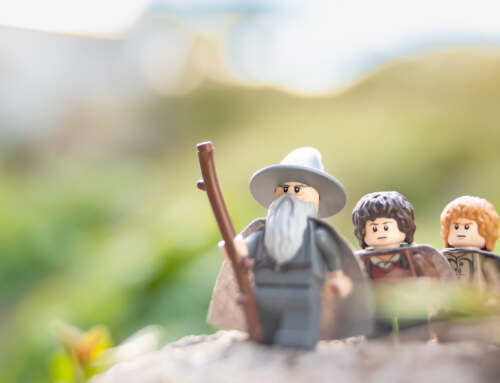

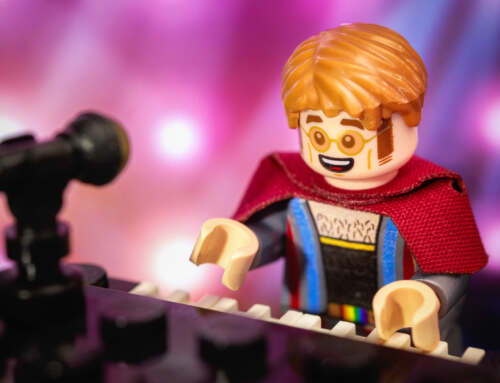
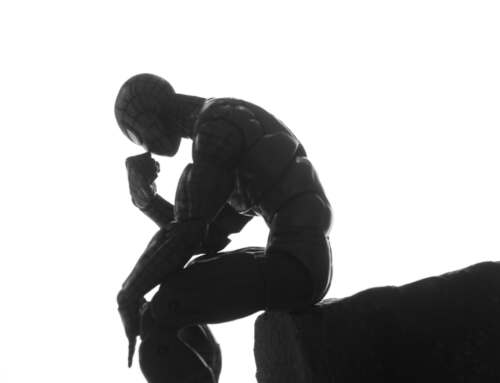
Hey Tobias. Interesting article.
I wonder if you could clarify something for me. You mention that political art “doesn’t do the job for you.” Do you mean by that you don’t think it is art, or that you are not a fan?
Thanks for the food for thought!
Dave, that’s a good question. I think you have a point there… Let me start with this:I an not comfortable with saying something is not art when it is presented to me in a way that suggests it could be art. The rational reason might be that the concept of art is somewhat fleeting: Ikons are taken from churches and exhibited in museums although the might not have been intended to be art, and we really do not know if ancient cave paintings were considered art by their contemporaries.
So I am not saying political art ‘is not’ art. But more often than not, I am not a fan. In my eyes, ‘political’ works of art tend to pose too few questions.
Rather than an example I consider negative, let me try this: Along with The Parthenon I mentioned above, Kassel’s most recent documenta also featured The Raft, a video by Bill Viola: Different people seem to be calmly waiting for something. Then they get hit by huge gusts of water which knock them off their feet. After a while, the water attack ceases, and the people get up again, some of them embracing or helping each other.
The video is mesmerizing, and a pleasure to watch. I could watch it again and again to better understand it. But it is also fascinating because it seems to refer to “The Raft of the Medusa”, a painting which in its turn refers to a historic shipwreck: The crew of the Medusa built a raft, but only a few survived, and only after turning into cannibals.
So, on the backdrop of the refugee dramas happening in the Mediterranean sea, Viola’s work can be seen as an alternative: Helping fellow man instead of turning against him. But of course this is not the only possible interpretation, and maybe not an obvious one. But it seems to show that great art can be political – among other things, while much political art seems to lack the ‘other things’ dimension.
Thanks anyway for asking, Dave! It helped me rethink my position … and I am still thinking.
A very interesting post. I would have to agree that art is something that asks questions but I also think that art can be political in a very different way that may not even come off as political at to some viewers and extremely political to others. Therefore it is really left in the context of the viewer to know what is meant by art. For example: I made a giant boot flute one time that was purely for me a way to figure out a musical instrument in a sculptural body of a cowboy boot twice life size. It was a success and I figured out how to make something so large and random into dual functional art – visual and audible.
Many many folks who saw this piece regarded it as a political statement that Cowboys think they are bigger and better than others and they thought I was referencing the pride of Texas. None of those political interpretations had crossed my mind until I displayed the art. If you intentionally create art to be political it can be interpreted completely different as to render the political reference obsolete.
I am on the fence here. I make my art and allow people to attach their own meaning. That way they feel some ownership in it.
Such an interesting and thought provoking post Tobias. You suggest that art helps mould the ways we exist in this world, but does our world also mould our art?
I believe it does.
And by simply being aware of the goings on in our world, political, social, environmental knowledge and opinions must seep into what we create. I’m sure I’ve subconsciously created something that is politically charged without intending to. My world, and my awareness of it, has crept in there without me know it.
Thanks for making us think more about our toy photography!
Tobias, I think my comment wont exactly address the issue you’re talking about here, but when I read it recently I immediately thought of you and this post. Im reading a book on how to view photographs. You know me, I like to get back to basics. 🙂
The book is explaining all the different genres of photography and it of course looked at Photo Journalism. Much of Photo Journalism’s lens has been focused on highlighting the horrors of war, starvation and the many ills of our planet. “Indeed, social value is the only morally unassailable argument for photographing the bleaker side of life. The record of effectiveness, however , is not at all clear and probably never can be. The jury is still out on whether powerful images of human conflict and the inevitable intense suffering have ever had a practical effect. Raising awareness is one think, provoking action to end conflict is another. Images such as the notorious ‘Saigon Execution’ photograph by Eddie Adams received wide publicity (and the contents wide condemnation0. But from a longer perspective it’s difficult to point to any improvement they may have made.”
Im not a big fan of politics in art. But am a big fan of art that works on multiple levels. Maybe with political art is too transparent in its message? Maybe we crave subtlety in our imagery and an opportunity to draw our own conclusions? I have no answers, only more questions.
Thanks for an excellent piece and the opportunity to think about the bigger issues. 🙂